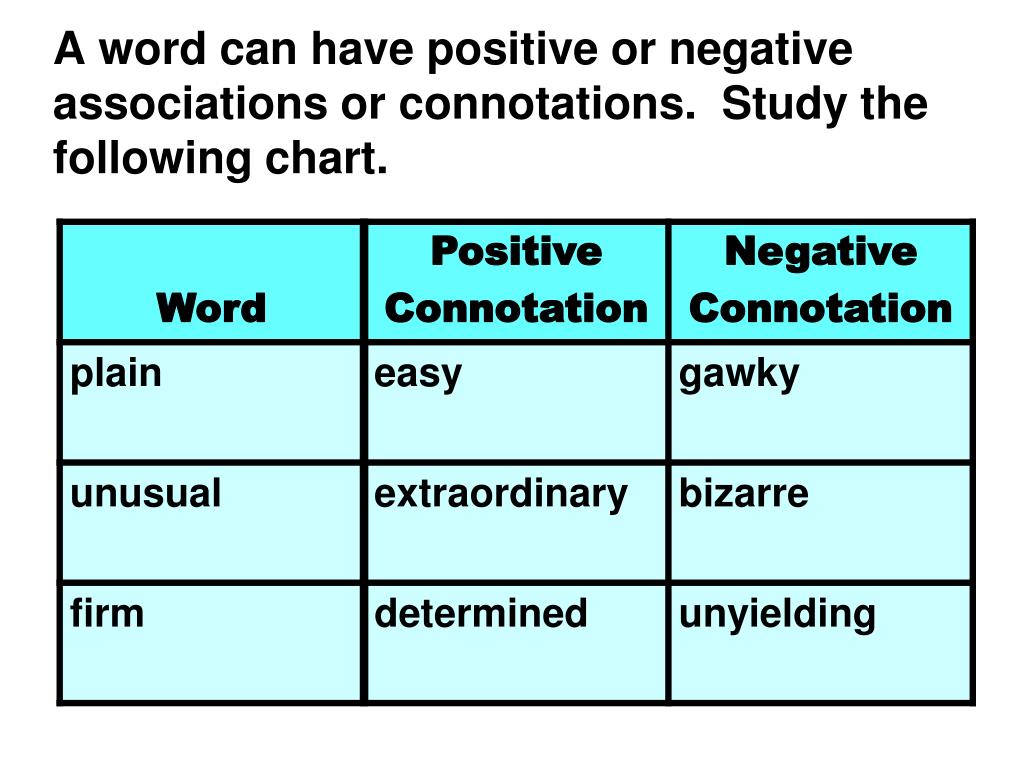

Alexander, in International Encyclopedia of Education (Third Edition), 2010 A Critique of Flexible Learning When learning specific mathematics, like numbers or trig ratios, people who hold the knowledge (typically teachers but sometimes parents or others) can be thought of as a “transitional object: that the learner uses (metaphorically: “strokes”) in order to transition from the muddle (subjectively) experienced to the culture in which this mathematics he/she is learning is cultural knowledge (i.e., objectivized). Nevertheless it is possible to imagine a teacher-student dyad, like a care-giver-baby dyad, where explaining, like soothing, is repetitive and focused on the relationships (with the student and her discomfort or the baby and its discomfort). W whether he deliberately or intuitively repeated his explanation verbatim, and indeed, the very asking of such a question might well illicit a verbal response as a defense that represses the unconscious, intuitive action. It is not possible to go back in time and ask Mr. W made himself available for the student to use-by his repeating the same words-in order to objectivize her previously incoherent experiences with trigonometry. Then I got it!” In this case, analogous to the ribbon the baby strokes, Mr. W’s help, “he explained it (trigonometry) using exactly the same words, three times in a row. For example, a high school student said of Mr. While contemporary pedagogical approaches tend to decenter attention from the teacher, a teacher-centered approach (that may include giving information, repeating, patterning, etc.), can position the teacher to be a transitional object for mathematics learning. It is usually used with negative connotation unlike the phrase “modeling” ( Ofsted, n.d.), which has similar meaning. “Chalk and talk” is a phrase used for a teaching style where a teacher stands in front of a class and talks through a procedure as he/she writes that procedure on a board. Melissa Rodd, in Understanding Emotions in Mathematical Thinking and Learning, 2017 Teacher as Transitional Object for Mathematics

The problems of multiple goals and changing goals (shifting goals in the middle of a project) are also avoided.

In this way, the evaluator avoids becoming caught in goals conflicts among competing stakeholder groups. Goal-free evaluation also removes the evaluator from playing the role of facilitating a staff exercise in goals clarification in a search for clear, specific, and measurable goals.

The problem of distinguishing real from alleged goals is avoided in goal-free evaluation. Organizational theorists, such as Argyris and Schon, have long distinguished between rhetorical goals (what a program says it aims to accomplish) and real goals (what staff actually care about and work toward). Avoiding the Problem of Real Goals versus Alleged Goals Even if a program is achieving significant results, that finding may be disguised and lead to negative judgments when goals were unrealistic from the outset. Unrealistic goals contribute to negative evaluation findings. Avoiding Grandiosity and Unrealistic Goalsīy reducing the emphasis on goals, goal-free evaluation strives to reduce the tendency in programs to overpromise what they can achieve in order to obtain funding. The less an external evaluator hears about the goals of the project, the less tunnel-vision will develop and the more attention will be paid to looking for actual effects (rather than checking on alleged effects), including attention to side effects and unanticipated consequences of program activities. To the contrary, too much attention to goals can distort an evaluation and lead to tunnel-vision. Scriven has argued that focusing on goals in evaluation is unnecessary. To maintain evaluator objectivity and independence through goal-free conditions. To eliminate the perceptual biases introduced into an evaluation by knowledge of goals and (4) To remove the negative connotations attached to the discovery of unanticipated effects, side effects, or secondary effects (3) To avoid the risk of narrowly studying stated program objectives and thereby missing important unanticipated outcomes (2) Scriven has offered four reasons for doing goal-free/needs-based evaluations: (1)


 0 kommentar(er)
0 kommentar(er)
